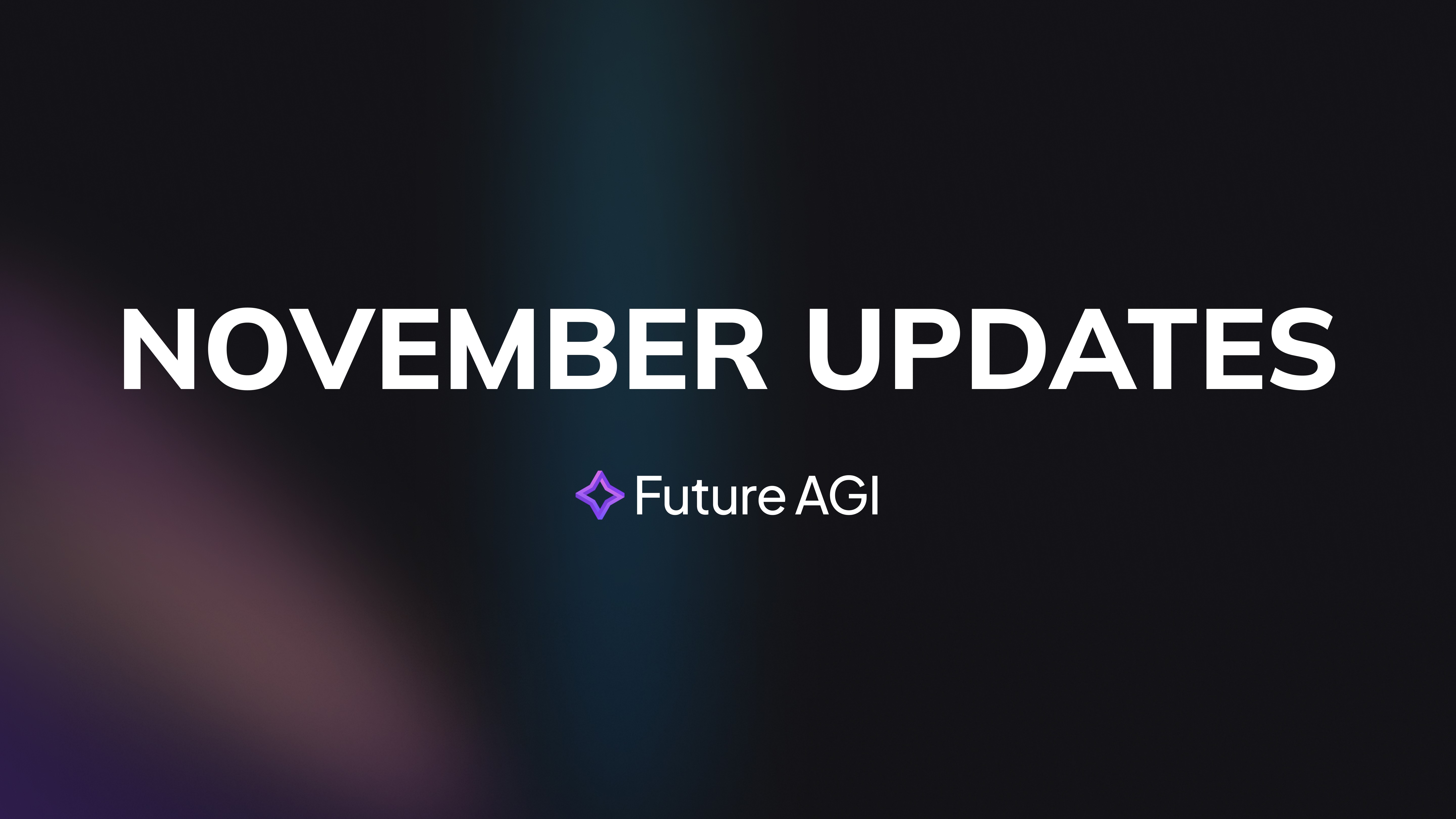Introduction
Recently, language models have significantly improved the way we approach AI interactions. For instance, from natural language processing to complex decision-making systems, prompting has become the cornerstone for effective communication with large language models (LLMs). Knowing how to use an LLM prompt format that guides the model towards more accurate results helps achieve better paragraph writing. This guide will go over best practice using LLM prompt format examples and mistakes to avoid.
Why LLM Prompt Format Matters
To effectively use the LLM prompt format, one must first grasp the importance of prompt engineering techniques. In essence, the LLM input formats dictate how a model interprets your request. If so, a more precise and structured prompt will yield a better output. In addition, it is important to know how to use LLM prompt format properly so that language models based on GPT, BERT, and other architectures can understand context, intent, and constraints. Thus, formatting prompts for language models is an essential aspect of guiding these interactions effectively.
How to Structure LLM Prompt Format
The way your prompt is structured determines the outcome from your LLM query. To be precise, a well-structured prompt will help you unlock the potential of the model and a poorly structured prompt may lead to ambiguity or incorrect results. Therefore, here are some tips on how to use the LLM prompt format effectively.
3.1 Start with a Clear Instruction
The first step in using the LLM prompt format is to provide clear and direct instructions. In particular, LLMs perform better when the task is explicitly stated. For example, if you're looking for a summary, start with "Summarize the following text:". Consequently, the sentence directs the model to perform a specific task.
Example:
Bad: “Explain the importance of AI.”
Good: “Provide a summary of the key points about the importance of AI in modern society.”
3.2 Provide Context and Constraints
Adding relevant context helps the model understand the scope of your request. Additionally, if you're asking for an answer within a specific domain, provide some background information. Furthermore, consider including constraints such as word count, tone, or format to guide the model’s response. Thus, knowing how to structure the LLM prompt format with context ensures that the model stays on track.
Example:
Bad: “Explain prompt engineering.”
Good: “Explain prompt engineering techniques for LLMs, specifically focusing on its role in enhancing AI interaction, in 150 words.”
3.3 Use Clear Formatting
Good formatting can make a big difference in how LLMs process your query. For instance, when possible, use bullet points, numbered lists, or sections to break down the information. As a result, this makes it easier for the model to focus on each individual element. Moreover, proper formatting is crucial when you’re learning how to apply LLM prompt format in AI applications and improving AI prompt structure.
Example:
Bad: “Write an article about LLM prompts and examples.”
Good: “Write an article that includes:
3.4 Avoid Ambiguity
Ambiguous prompts can confuse the model, leading to incomplete or incorrect responses. Therefore, always aim for clarity. In addition, if your request involves a comparison or complex instructions, break it down into simpler steps. Thus, this is an essential part of how to use LLM prompt format effectively.
Example:
Bad: “How to create a better prompt?”
Good: “What are three strategies for creating more effective prompts when working with LLMs?”
Best Practices for Using LLM Prompt Format
4.1 Use Instruction-based LLM Prompting
Incorporate instructions directly into your prompt. Specifically, this is a key strategy in instruction-based LLM prompting, where you tell the model exactly what you want it to do. For example, whether it's summarizing, translating, or analyzing, giving clear instructions improves output quality. Thus, when learning how to use LLM prompt format, this approach is invaluable.
4.2 Leverage Few-Shot and Zero-Shot Learning
When you need the model to understand a specific task but don't want to provide extensive training data, you can rely on few-shot and zero-shot formats.

Image 1: Flow-chart to use Few-Shot & Zero-Shot learning
(a) Firstly, zero-shot learning, in simple terms, refers to prompting the model to perform a task without providing any examples. Instead, it relies entirely on its prior training and general understanding of the task.
(b) On the other hand, few-shot learning involves including a few examples in your prompt. Consequently, this helps the model recognize the pattern and respond more accurately.
For example (Few-shot):
“Translate the following English sentences to French:
Hello, how are you?
What time is it?”
In contrast, here’s a Zero-shot example:
“Translate this sentence from English to French: 'Where is the nearest restaurant?'”
Thus, by using these techniques strategically, you can improve the model’s accuracy even when working with unfamiliar or complex queries.
4.3 Be Specific with Your Outputs
In your prompt, specify exactly what type of output you are expecting. For instance, do you want a summary, a list, or an analysis? As a result, setting clear expectations ensures the model delivers results that meet your needs. Moreover, this helps when you’re figuring out how to structure LLM prompt format.
Example:
Bad: “Write about the history of AI.”
Good: “Write a 200-word summary of the history of AI, focusing on key milestones in its development.”
Examples of Using LLM Prompt Format
Example 1: Instruction-based Task
Prompt: "Summarize the following research paper, highlighting the main conclusions and their implications."
Here, the instruction is clear, and the scope of the summary is well-defined.
Example 2: Few-shot Task
Prompt: “Given the following examples of marketing slogans:
'Just Do It' (Nike)
'I’m Lovin’ It' (McDonald’s)
Now, create a new marketing slogan for a tech startup.”
In this case, the few-shot approach helps the model understand the pattern it should follow.
Example 3: Zero-shot Task
Prompt: "Write a 100-word description of quantum computing for a high school audience."
Here, the model is not given any examples and is expected to produce an output based on its understanding of the task.
Common Mistakes to Avoid in LLM Prompt Format
6.1 Being Too Vague
One of the most frequent mistakes when crafting prompts is being overly vague. Specifically, if your instructions lack clarity or provide minimal context, the language model may struggle to interpret your intent accurately. As a result, the output could be generic, off-topic, or misaligned with your expectations. Therefore, it's essential to be specific about what you want, including the tone, format, and type of response you're looking for.
6.2 Overloading the Prompt
While it's important to give the model enough context, providing too much information all at once can backfire. For instance, overloading the prompt with lengthy background details, multiple questions, or conflicting instructions can confuse the model and dilute the quality of the response. Instead, try to strike a balance. In other words, aim to be concise yet informative—enough to guide the LLM without overwhelming it.
6.3 Skipping Formatting
Another common oversight is neglecting to format your prompt properly. Specifically, clear organization makes a big difference in how the model interprets your request. For example, if you're asking for a list, outline the request with bullet points or numbered instructions. Similarly, if you want a comparison or structured response, use headings or line breaks to signal this clearly. In other words, the way you structure your input sets the stage for how structured the output will be.
LLM Prompt Format Usage Tips
Effectively using LLM prompt formats often involves more than just writing a single good prompt. Instead, it requires thoughtful iteration, experimentation, and contextual awareness. Therefore, below are several key tips to help you get the most out of your interactions with large language models.
7.1 Iterate and Refine
First and foremost, don’t expect perfection from the very first try. In many cases, the initial prompt may only produce a partially useful result. As a result, it’s important to refine your prompts iteratively. In other words, this means reviewing the output, identifying what’s missing or misaligned, and then adjusting your prompt accordingly. Thus, with each revision, you get one step closer to achieving your ideal response.
7.2 Test Multiple Variations
In addition to refining, consider testing different variations of your prompt. For example, you might rephrase your instructions, change the tone, or restructure the format. Consequently, trying several approaches allows you to compare results and discover which one works best. Ultimately, experimentation helps uncover the most effective way to communicate your intent to the model.
7.3 Stay Context-Aware
Finally, always remain aware of the context in which you're operating. Specifically, make sure your prompt is aligned with the model’s capabilities and its training data. For instance, if you're asking highly technical or domain-specific questions, you may need to include more background information or clarify key terms. Similarly, consider the model’s limitations—some tasks may require simpler phrasing or more structured inputs to get accurate results.
Conclusion
In summary, how to use LLM prompt format involves clear instructions, structured queries, and careful consideration of context and constraints. Moreover, by following best practices for using LLM prompt format, and applying techniques like instruction-based LLM prompting, few-shot learning, and zero-shot prompting, you can significantly enhance the performance of large language models.
Ultimately, remember that LLM prompt formatting is not just about asking the right questions; it’s about guiding the model with precision and clarity. Thus, by avoiding common mistakes and refining your approach, you’ll be able to leverage the full potential of LLM prompt formats in your AI applications, enhancing both AI prompt structure and the overall effectiveness of your queries.
Ready to Shape the Future of AI?
Join FutureAGI to explore the latest in AGI research, tools, and insights. Stay informed, get inspired, and help build what's next. Whether you're an innovator, researcher, or curious mind, there's something here for you. Be part of the community driving the next leap in intelligence. Book a call or schedule a demo today to get started with FutureAGI.
FAQs













